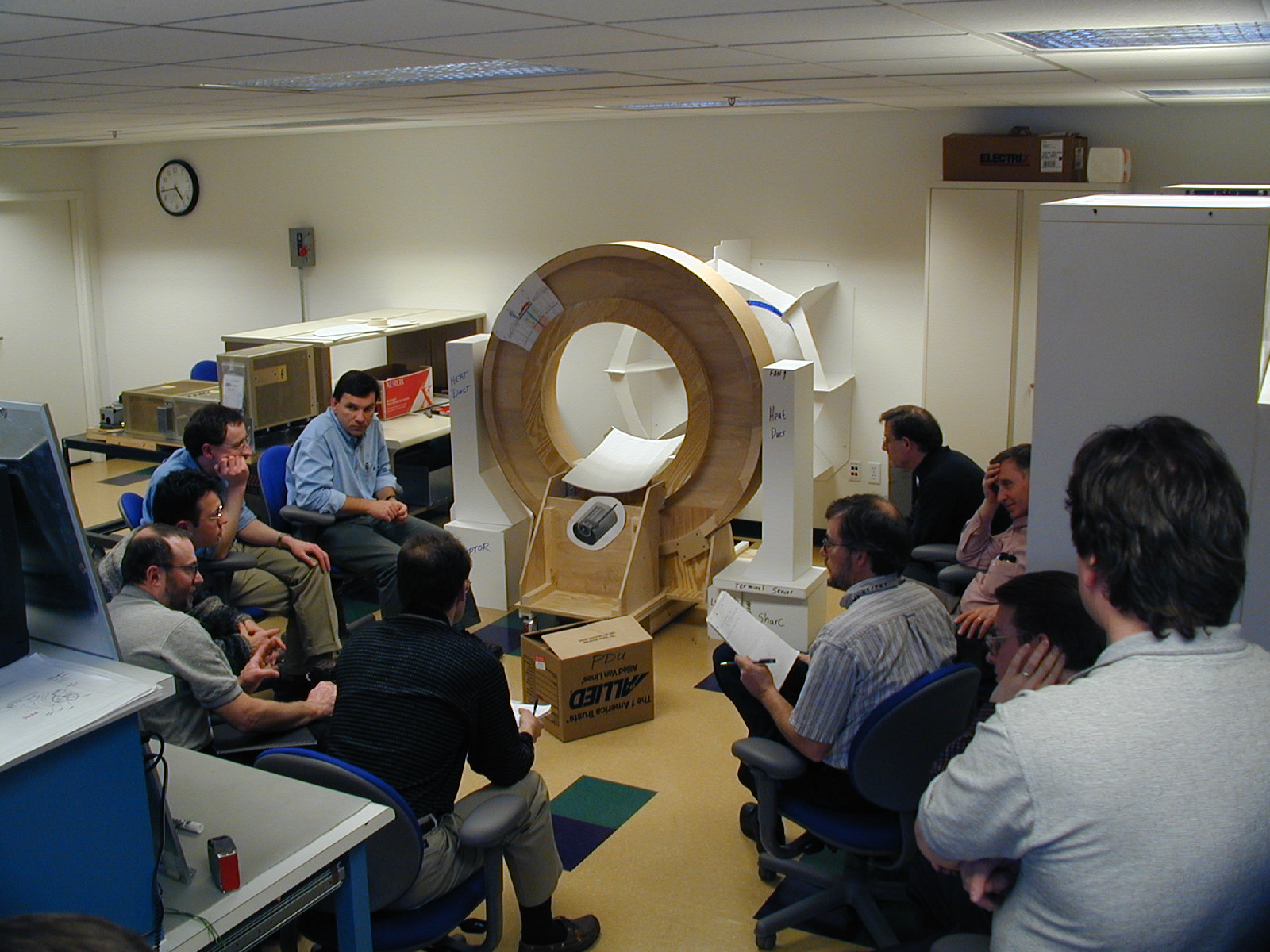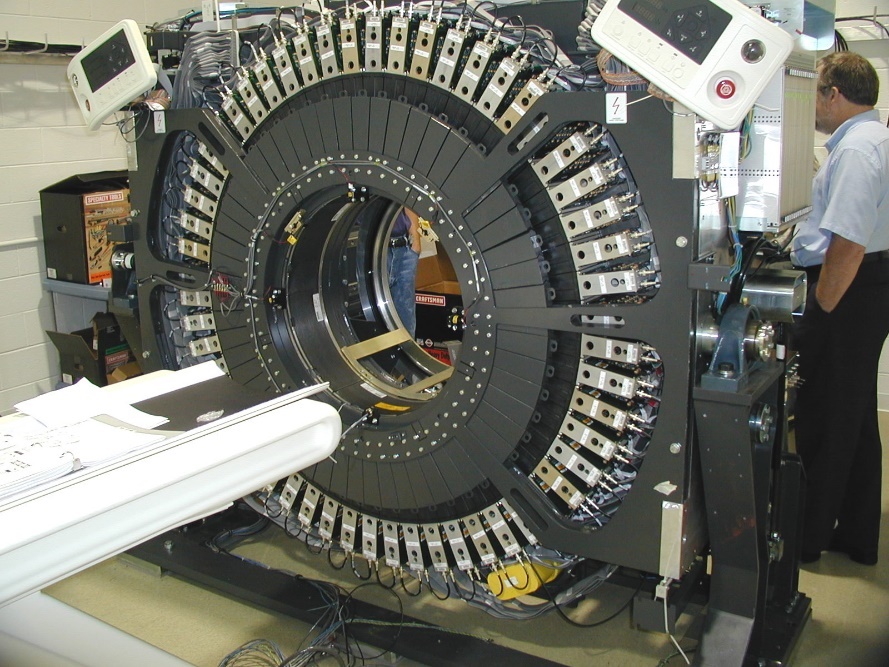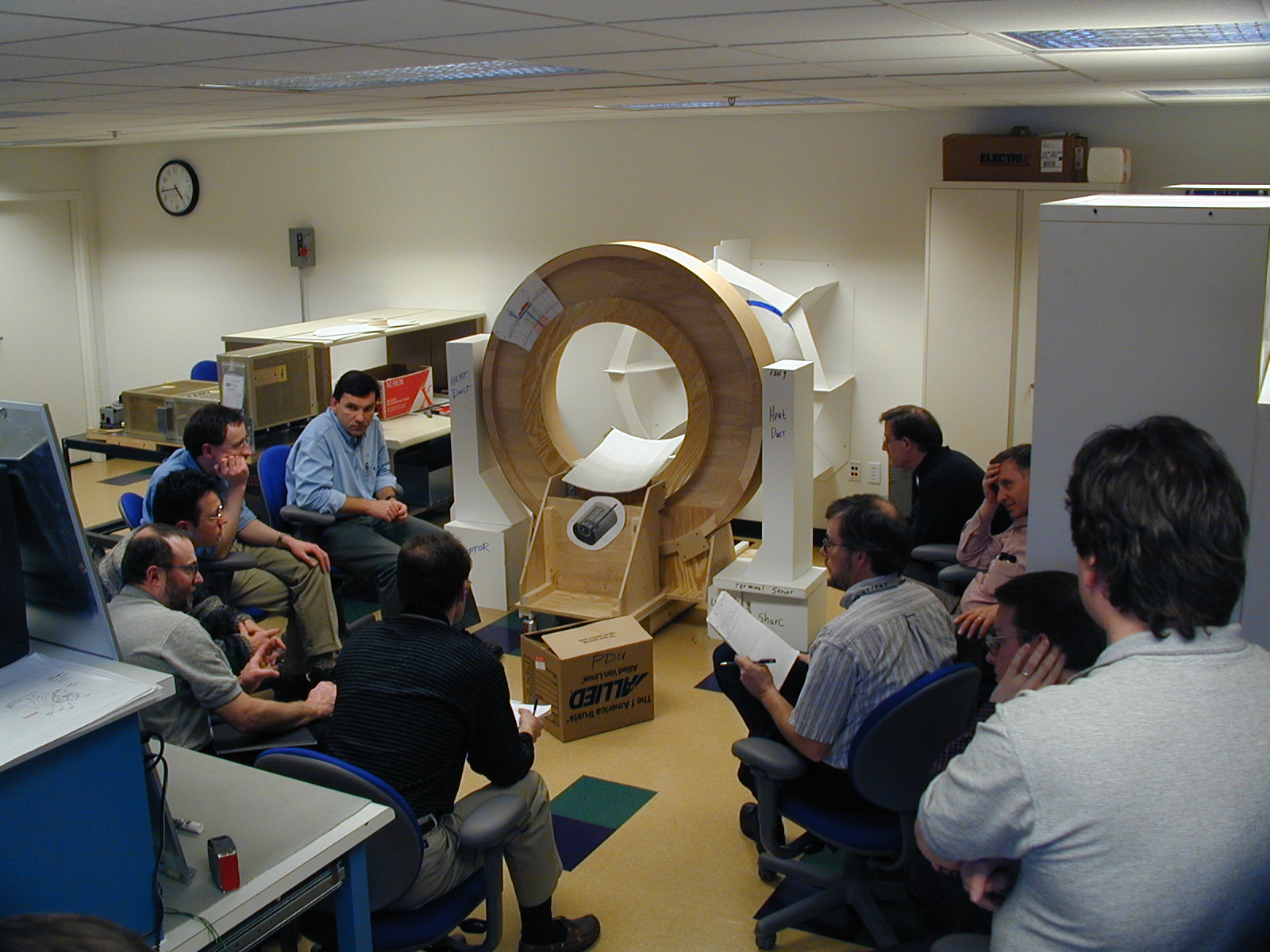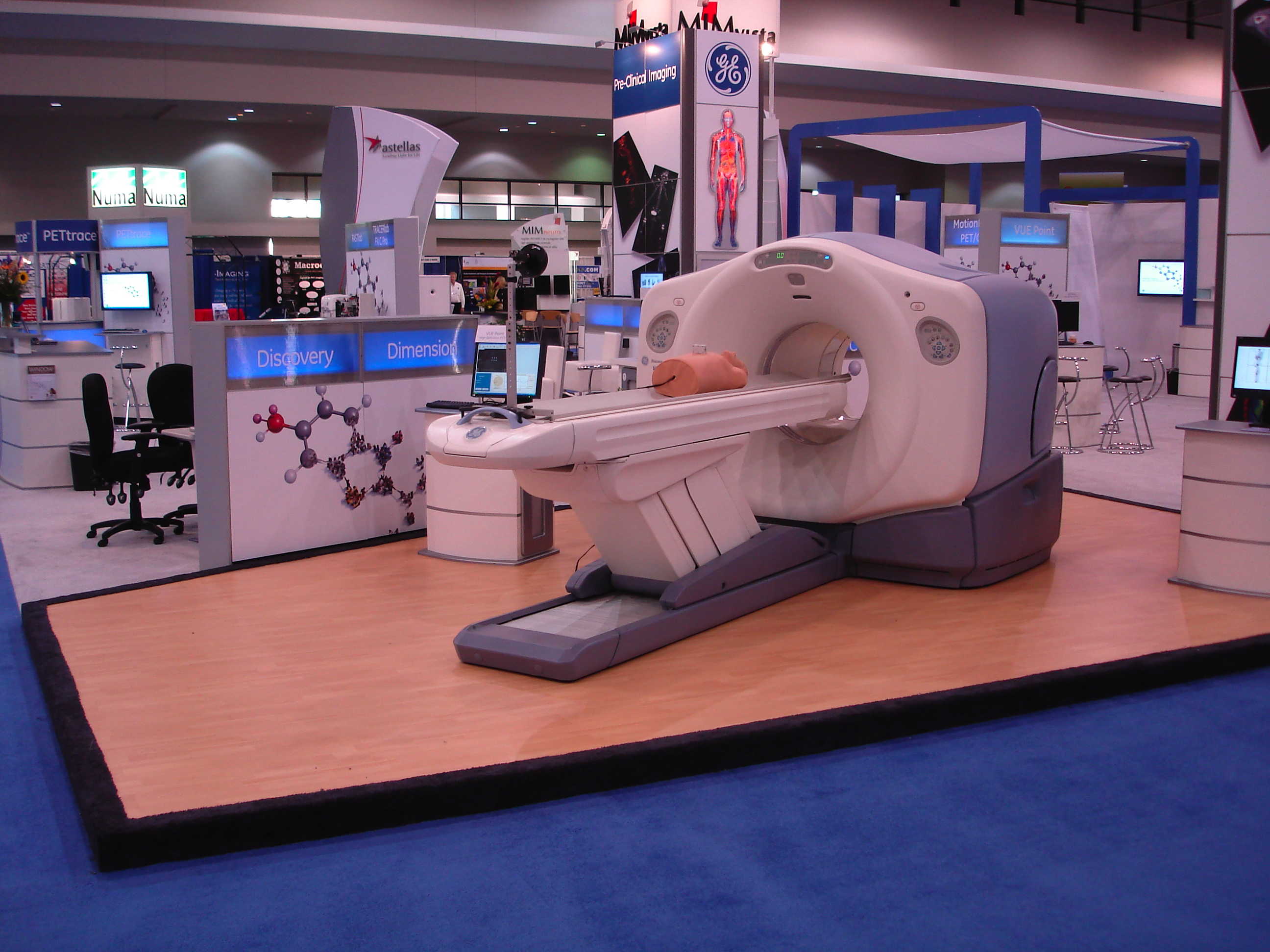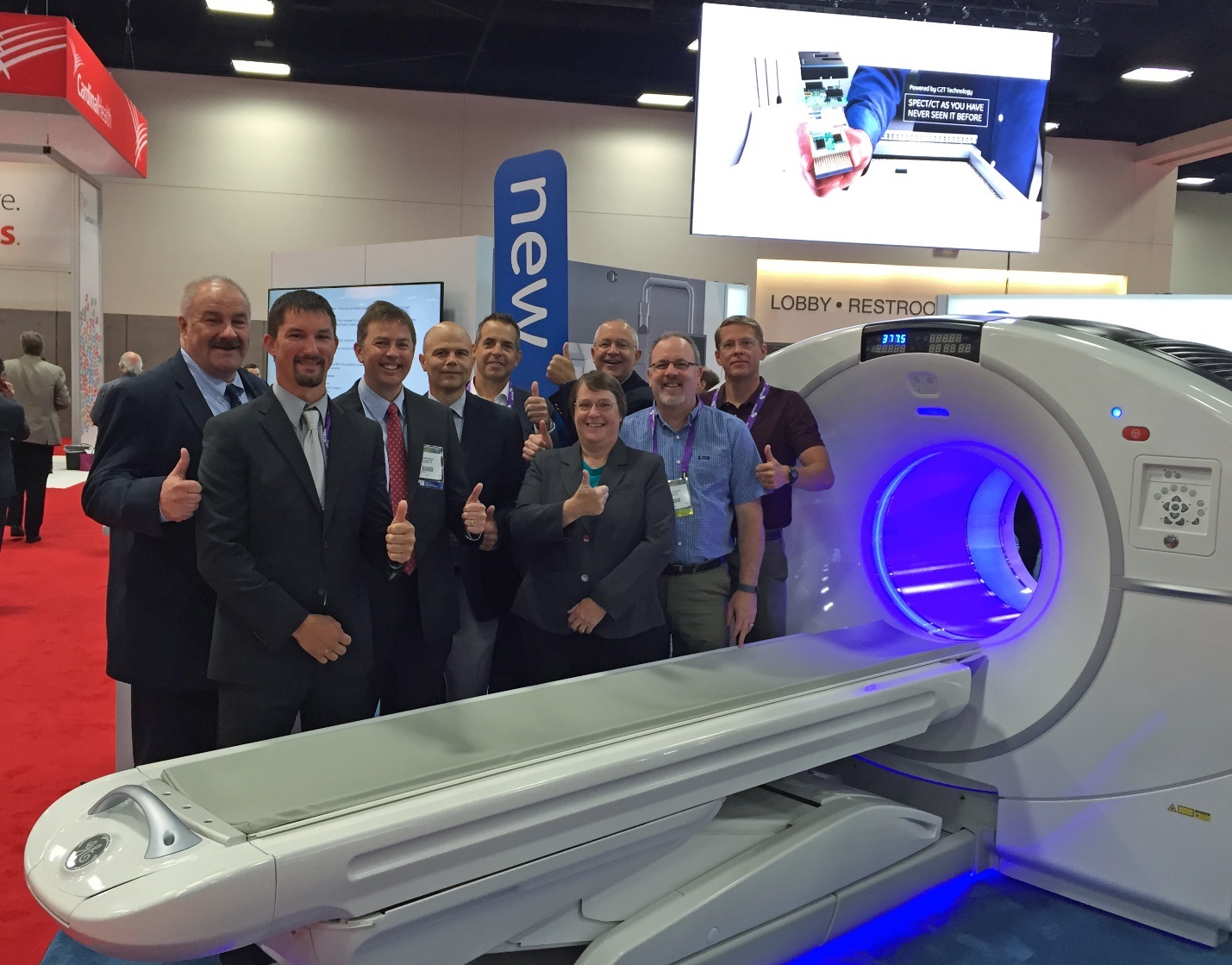In 2001, GE HealthCare introduced the world’s first commercially available PET/CT system—an innovation that would redefine diagnostic imaging and help transform patient care. But the story of PET/CT didn’t begin with a product launch. It began with a belief: that innovation, driven by purpose, could change lives.
The early days: Vision before viability
In the early 1990s, PET scanning was mainly a research tool, with limited reimbursement and a narrow market.[i] Yet a small team at GE HealthCare saw its potential. Chuck Stearns, one of the early champions, helped lead the development of the Advance PET scanner in 1990. “Everyone said reimbursement was just 18 months away,” he recalls. “It took nearly a decade.”
Despite the uncertainty, GE HealthCare pressed forward. In 1992, the first GE PET system was installed and by 2001, the vision had crystallized with the launch of the Discovery LS. A plaque still commemorates the team that made it possible—a testament to the engineers, scientists, and leaders who turned a bold idea into a clinical reality.
Figure 1 Advance in early August 2000
A turning point: From concept to clinical impact
The pivotal moment came in June 2000 at the annual SNMMI meeting. Customers were buzzing about the potential of combining PET and CT into a single system. GE HealthCare returned from that meeting with a challenge: what would it take to make it real?
Figure 2 DST PET/CT Brainstorming, early 2001
The answer came quickly. Leveraging the expertise of the Nuclear Medicine team in Haifa, Israel, a prototype was assembled using existing PET technology and a 4-slice CT. By November, images were being captured in the Haifa factory. By February 2001, the first prototype was scanning patients at University Hospital in Zurich. A second system was delivered to Johns Hopkins in time for the 2001 annual SNMMI meeting—complete with real clinical images.
The Discovery LS didn’t just mark a technological leap—it marked a cultural one. It was a demonstration of what’s possible when teams across the globe rally around a shared goal.
Innovation in motion: The mobile PET/CT
Shortly after the Discovery LS launch, GE HealthCare achieved another feat: the introduction of PET/CT in one of the first mobile units. Curt, who joined the company just as PET was gaining traction, remembers the intensity of that moment. “We put it in a mobile,” he says. “We sold a lot of them.”
The mobile PET/CT—launched with the Discovery ST—brought advanced imaging to hospitals without the infrastructure for a permanent system. It also served as a critical solution when in-house scanners went offline. Curt became the go-to expert for mobile qualification, traveling the world to train vendors and certify installations.
Figure 3 Discovery ST
This tradition continues today with the company’s mobile Omni Legend, which further extends PET/CT capabilities to regional or local scan centers to help increase access to advanced imaging while helping reduce travel burdens, especially for more vulnerable or remote patient communities.
Behind the scenes: Trade shows and tenacity
Curt’s impact didn’t stop there. As GE HealthCare’s longtime trade show lead for PET/CT and nuclear medicine, he’s spent 21 years showcasing innovation on a global stage. From
Japan to Austria, Brazil to Spain, Curt has helped bring GE HealthCare’s vision to life—on time, every time.
Figure 4 Chuck (first left) and Curt (second left) at SNMMI 2016
“It’s intense,” he says. “You don’t get to say, ‘It’s going to be another day.’ The show goes on.”
Looking ahead: The next 25 years
As PET/CT continues to evolve, the spirit that launched the first system remains strong. “We’ve got a thousand times more computing power than we did 30 years ago,” Chuck says. “And we’re using it to run algorithms that are a thousand times more sophisticated.”
The future of PET/CT will likely be shaped by smarter software, new tracers, and deeper integration with AI and digital tools. But it will also be shaped by people—engineers, technologists, clinicians, and visionaries—who continue to ask, “What’s next?”
From oncology to neurology to cardiology, PET/CT is expanding its reach. And while the technology evolves, the mission stays the same: to provide clinicians with the clarity they need to make confident decisions—and to give patients the best possible care.
A celebration of speed, spirit, and service
Twenty-five years ago, GE HealthCare entered a race. Not just to be first, but to be meaningful. To build something that lasts.
From the first working PET/CT system to early mobile deployment, from trade show floors to hospital corridors, this journey has been powered by people—by their ingenuity, their grit, and their belief in what’s possible.
To our engineers and technologists, past and present: thank you for your brilliance and perseverance.
And to the patients whose lives have been touched by this technology: you are the reason we run this race.
Here’s to the next 25 years of PET/CT. Fast. Smart. Together.
[i] Seibert, J. Anthony. "X-Ray Imaging Physics for Nuclear Medicine Technologists. Part 1: Basic Principles of X-Ray Production." Journal of Nuclear Medicine Technology 32, no. 1 (2004): 33–44. https://tech.snmjournals.org/content/32/1/33.

